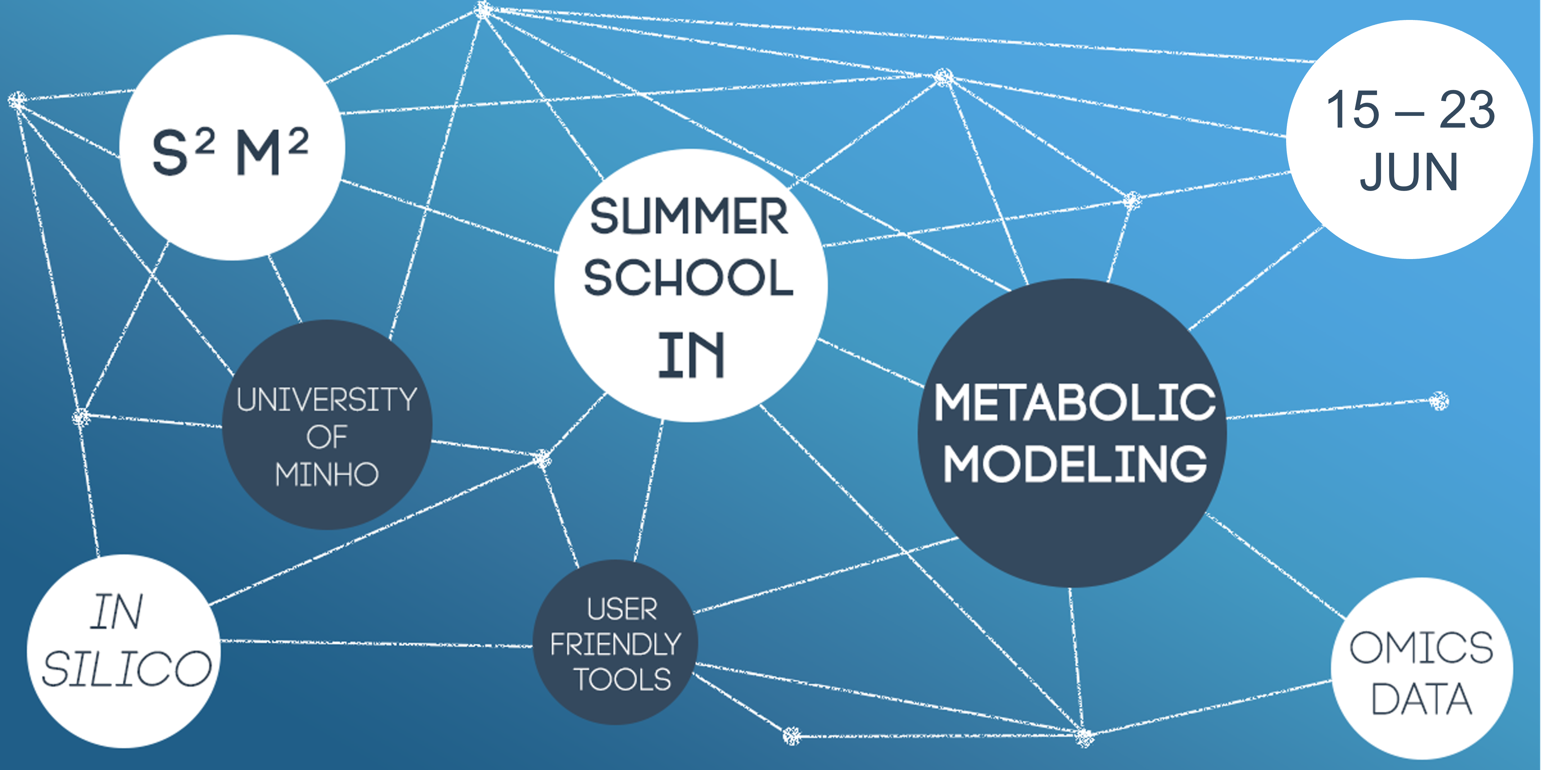Summer School in Metabolic Modeling 2022

Summer School in Metabolic Modeling 2022
⚠️ This is an old version of the BioData.pt website, available for reference purposes. Information is out-of-date and some features may not work correctly. Click here to browse the current website.
website: https://www.uminho.pt/PT

OptFlux is an open-source and modular software to support in silico metabolic engineering tasks aimed at being the reference computational application in the field.
A major new release of OptFlux is now available, with several important improvements and new features.
CoBAMP (Constraint-Based Analysis of Metabolic Pathways) is a Python package containing pathway analysis methods for use with constraint-based metabolic models. The main purpose is to provide a framework that is both modular and flexible enough to be integrated in other packages (such as cobrapy, framed or cameo) that already implement generic data structures for metabolic models.
merlin is a simple, graphical and user-oriented solution for the reconstruction of genome-scale metabolic models. It will guide you along the model reconstruction, providing several tools that help to improve and curate the model throughout the whole process.
WebSpecmine is a web-based application designed to perform the analysis of metabolomics data based on spectroscopic and chromatographic techniques (NMR, Infrared, UV-visible, and Raman, and LC/GC-MS)) and compound concentrations.
PhagePromoter is a python tool that predicts promoter sequences in phage genomes, using machine learning models.
This workshop, to be hosted in the afternoon of Bioinformatics Open Days 2020, is an introduction to differential gene expression analysis of medium-sized single-cell RNA-seq (scRNA-seq) obtained using the 10x Genomics Chromium System. Participants will learn about the basic concepts behind the technology, its applications and concepts, and go through a hands-on exercise where they will perform a re-analysis of a sample of ~3,000 cells from the Mouse Cell Atlas (MCA).